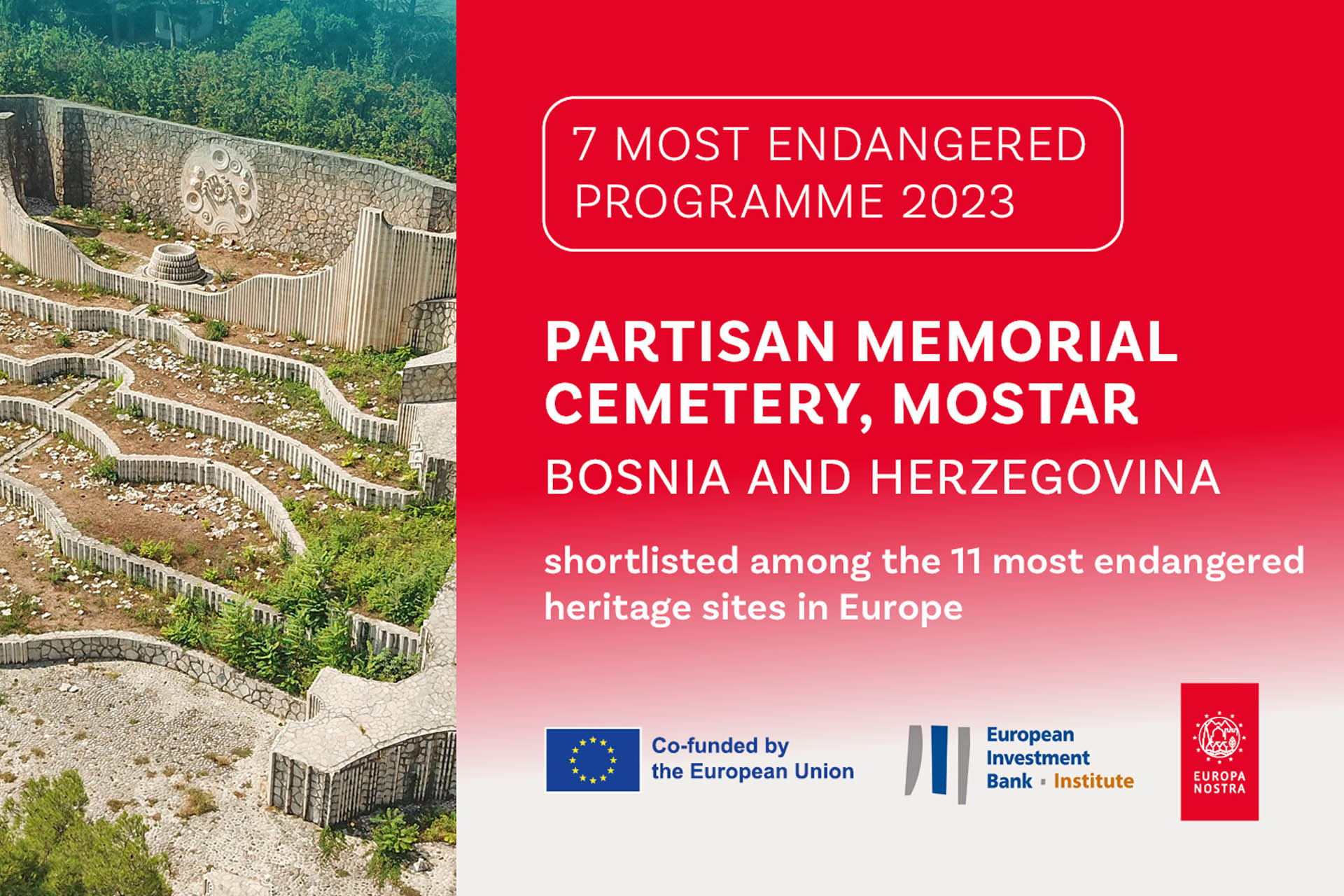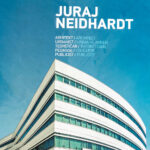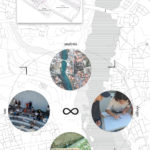On the occasion of the 10th anniversary of the 7 Most Endangered Programme in 2023, Europa Nostra – the European Voice of Civil Society Committed to Cultural and Natural Heritage – and the European Investment Bank Institute have just announced the 11 most threatened heritage sites in Europe shortlisted for this year’s edition of the programme.







